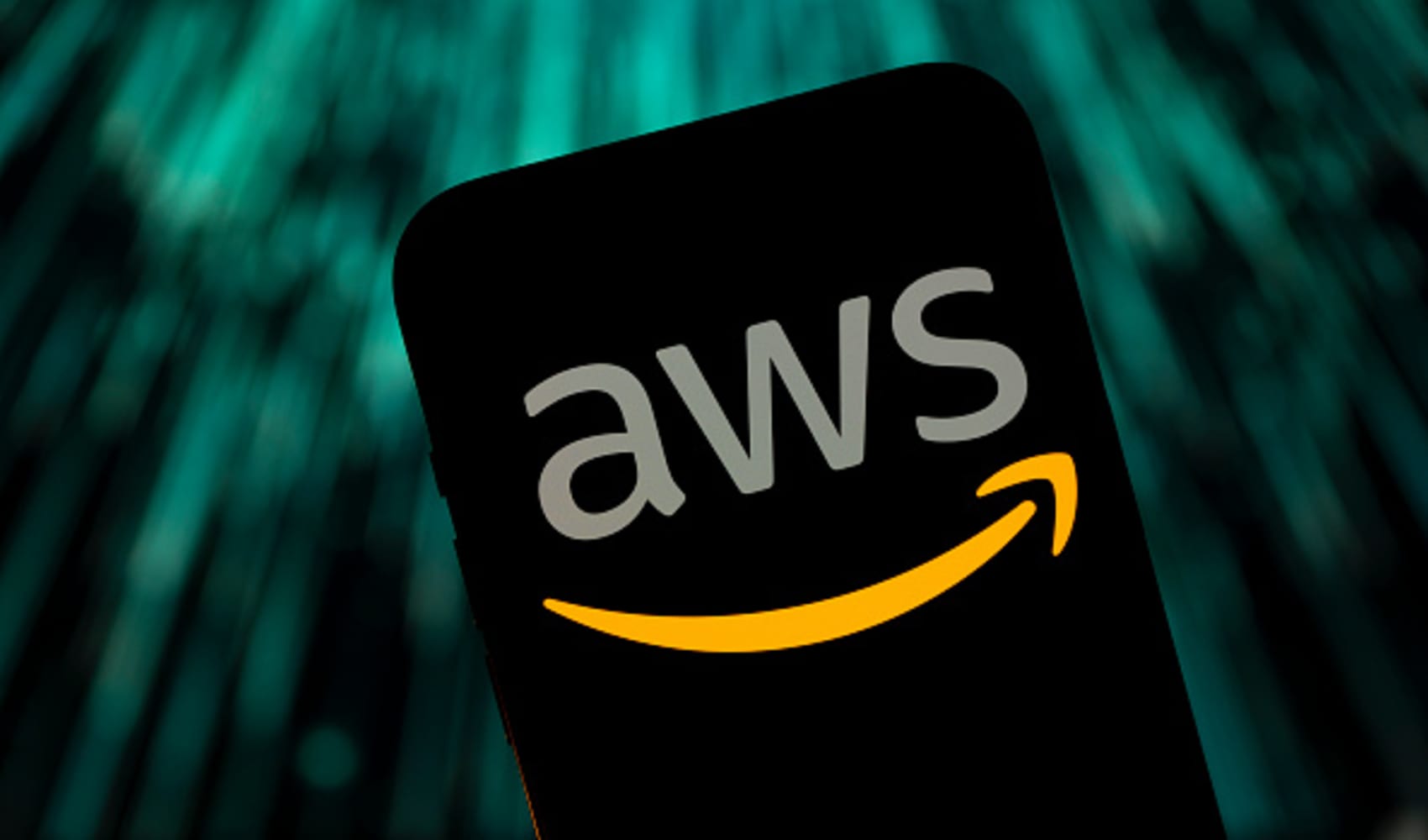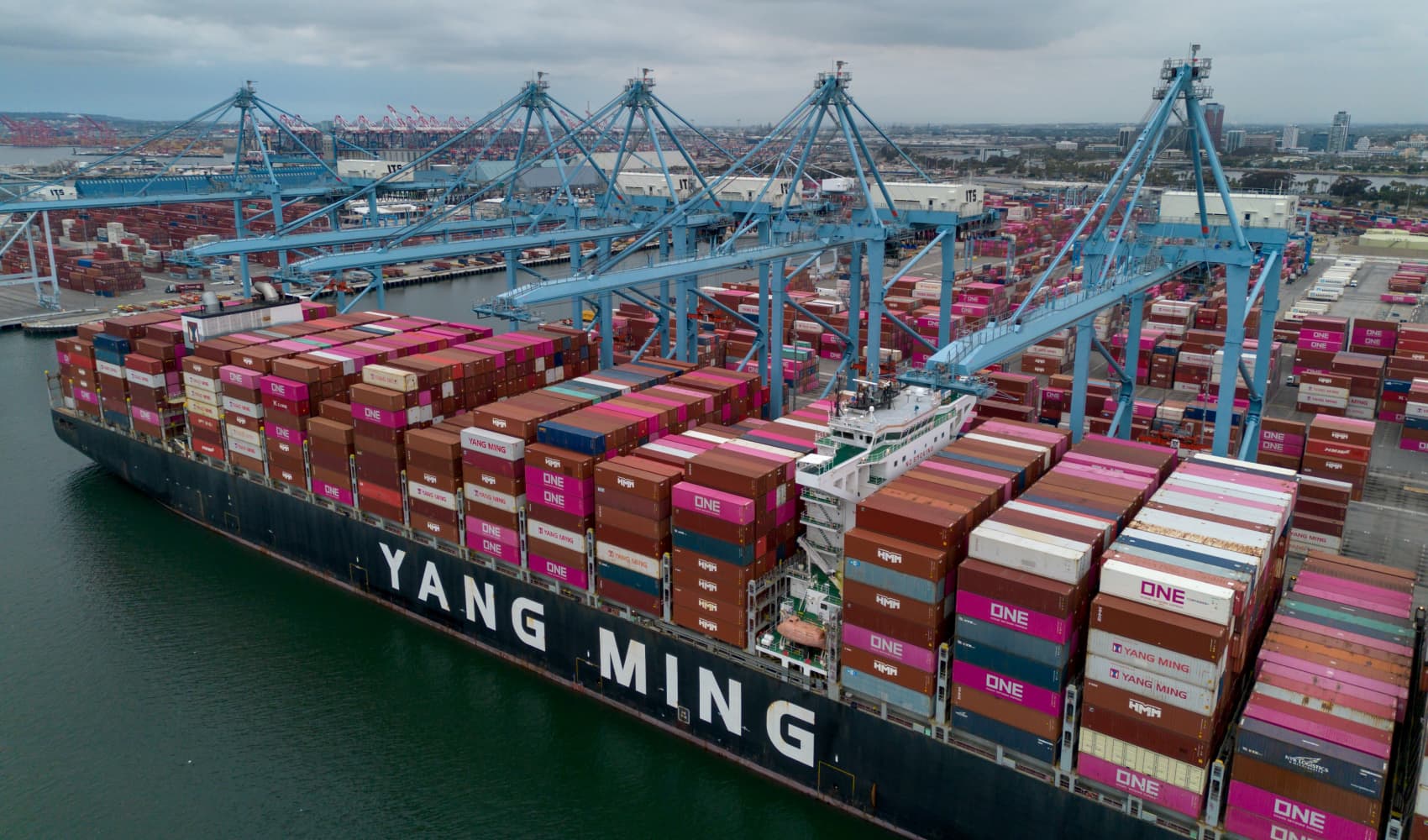Amazon Cloud Revenue Miss: What Does It Mean for AWS?
Amazon Cloud Stumbles: AWS Revenue Misses the Mark Again
Introduction: Is the Cloud Giant Losing Altitude?
It's a bird, it's a plane, it's... Amazon Web Services? For years, AWS has been the undisputed king of the cloud, soaring to new heights and leaving competitors in its vapor trail. But recent earnings reports paint a slightly different picture. For the third consecutive quarter, AWS revenue has fallen short of expectations, raising questions about the company's cloud dominance. What's going on behind the scenes? Is the cloud market maturing? Or is Amazon facing unforeseen headwinds? Let's dive deep into the numbers and explore the factors influencing AWS's performance.
The Numbers Don't Lie: A Closer Look at the AWS Revenue Miss
While AWS is still a massive revenue generator, the underperformance compared to projections is significant. Analysts were expecting a higher growth rate, and the actual figures suggest a slowdown. The first-quarter revenue figures came in slightly lower than anticipated, a trend that's becoming increasingly noticeable.
The Impact of Economic Uncertainty
The global economy is facing a period of uncertainty. Inflation, rising interest rates, and potential recessionary pressures are causing businesses to tighten their belts. This belt-tightening often translates to reduced spending on cloud services. Are companies pulling back on their cloud investments? It's a definite possibility. Think of it like this: when the economy is booming, companies splurge on the latest tech. But when times are tough, they focus on cost optimization.
Competition Heats Up: The Cloud Wars Intensify
AWS may be the leader, but it's not alone in the cloud space. Microsoft Azure and Google Cloud Platform are nipping at its heels, offering competitive services and aggressively pursuing market share. This increased competition is undoubtedly putting pressure on AWS's growth. It's like a crowded race – the more runners there are, the harder it is to stay in the lead.
Microsoft Azure's Aggressive Strategy
Microsoft has been particularly aggressive in its cloud strategy, leveraging its existing enterprise relationships and offering compelling hybrid cloud solutions. Azure's integration with the Microsoft ecosystem gives it a distinct advantage with businesses already heavily invested in Microsoft products.
Google Cloud's Innovation Focus
Google Cloud, on the other hand, is focusing on innovation, particularly in areas like artificial intelligence and machine learning. Google's expertise in these fields is attracting companies looking to leverage cutting-edge cloud technologies.
A New Hope? Amazon's Video Game Streaming Service
Despite the revenue miss, Amazon isn't standing still. The cloud unit recently announced a new service for streaming video games, potentially opening up a new revenue stream. The cloud unit announced a service for streaming video games during the quarter. Could this be the next big thing for AWS? It's a gamble, but one that could pay off handsomely if successful.
The Potential of Cloud Gaming
Cloud gaming is a burgeoning market, with the potential to disrupt the traditional gaming industry. By streaming games directly to users' devices, cloud gaming eliminates the need for expensive hardware and allows players to access games on virtually any device. Think of it as Netflix for video games.
Challenges in the Gaming Market
However, the cloud gaming market is still in its early stages, and there are significant challenges to overcome, including latency issues and the need for robust internet connections. Amazon will need to address these challenges to make its gaming service a success.
Andy Jassy's Vision: Navigating the Changing Landscape
With Andy Jassy at the helm, Amazon is navigating a complex and evolving landscape. Jassy, who previously led AWS, is intimately familiar with the challenges and opportunities facing the cloud business. His leadership will be crucial in charting a course for future growth.
Cost Optimization: A Key Focus
One of Jassy's key priorities is cost optimization. Amazon is working to streamline its operations and reduce expenses, which could help improve profitability in the long run. It's like a company going on a diet – trimming the fat to become leaner and more efficient.
Investing in Innovation
Despite the focus on cost optimization, Amazon is also continuing to invest in innovation. The company is exploring new technologies and developing new services to stay ahead of the competition. Think of it as planting seeds for future growth.
Long-Term Outlook: Is AWS Still a Good Bet?
Despite the recent setbacks, the long-term outlook for AWS remains positive. The cloud market is still growing, and AWS is well-positioned to capture a significant share of that growth. Amazon's cloud... (truncated content) still holds immense power in the tech landscape. The question is, how will they reclaim their uncontested dominance?
The Continued Growth of Cloud Computing
Cloud computing is becoming increasingly essential for businesses of all sizes. The benefits of cloud computing, such as scalability, flexibility, and cost savings, are driving adoption across industries.
Amazon's Competitive Advantages
AWS still has significant competitive advantages, including its scale, breadth of services, and strong customer relationships. These advantages will help AWS maintain its leadership position in the cloud market.
Beyond the Numbers: The Human Element
Let's not forget the people behind the technology. The success of AWS depends on the hard work and dedication of its employees. Creating a supportive and innovative work environment is crucial for attracting and retaining top talent.
Employee Engagement and Retention
Happy employees are productive employees. Amazon needs to focus on employee engagement and retention to ensure that it has the talent it needs to drive future growth.
Diversity and Inclusion
A diverse and inclusive workforce is essential for innovation. Amazon needs to foster a culture that values diversity and inclusion to attract and retain a wide range of perspectives.
The Future of AWS: What Lies Ahead?
The future of AWS is uncertain, but one thing is clear: the company will need to adapt to the changing landscape to maintain its leadership position. This means investing in innovation, focusing on cost optimization, and fostering a strong corporate culture.
Embracing New Technologies
Emerging technologies like artificial intelligence, machine learning, and blockchain are transforming the cloud landscape. AWS needs to embrace these technologies to stay ahead of the competition.
Building Strategic Partnerships
Strategic partnerships can help AWS expand its reach and access new markets. Collaborating with other companies can provide AWS with access to new technologies, expertise, and customer bases.
Conclusion: Navigating the Cloud's Uncertain Skies
Amazon Web Services is facing challenges, no doubt about it. Revenue misses, increased competition, and economic uncertainty are all factors weighing on the company's performance. However, AWS remains a formidable force in the cloud market, with significant competitive advantages and a strong leadership team. The future success of AWS will depend on its ability to adapt to the changing landscape, invest in innovation, and foster a strong corporate culture. Despite the recent setbacks, AWS is not down for the count. They are a giant figuring out how to adapt, innovate, and thrive in a more competitive and economically challenged environment.
Frequently Asked Questions (FAQs)
Why is AWS revenue falling short of expectations?
Several factors contribute to AWS's revenue miss, including increased competition from Microsoft Azure and Google Cloud, economic uncertainty leading to reduced IT spending, and potentially a maturing cloud market where growth rates naturally slow down.
What is Amazon doing to address the revenue shortfall?
Amazon is focusing on cost optimization, investing in innovation, and exploring new revenue streams like its cloud gaming service. They are also likely working to strengthen relationships with existing customers and attract new ones with competitive pricing and innovative services.
How does competition from Microsoft Azure and Google Cloud impact AWS?
Increased competition puts pressure on AWS to lower prices, innovate faster, and differentiate its services. Microsoft Azure's integration with the Microsoft ecosystem and Google Cloud's expertise in AI provide them with competitive advantages that AWS needs to address.
What is the potential of Amazon's video game streaming service?
The video game streaming service could be a significant revenue generator for AWS if it can overcome challenges like latency issues and the need for robust internet connections. It taps into a growing market with the potential to disrupt the traditional gaming industry.
Is AWS still a good investment despite the revenue miss?
While the revenue miss raises concerns, AWS remains a dominant player in the cloud market with a strong track record and significant competitive advantages. The long-term outlook for cloud computing remains positive, suggesting that AWS still has significant growth potential. A potential investor should consider the broader market conditions and Amazon's strategies for navigating the evolving landscape.


